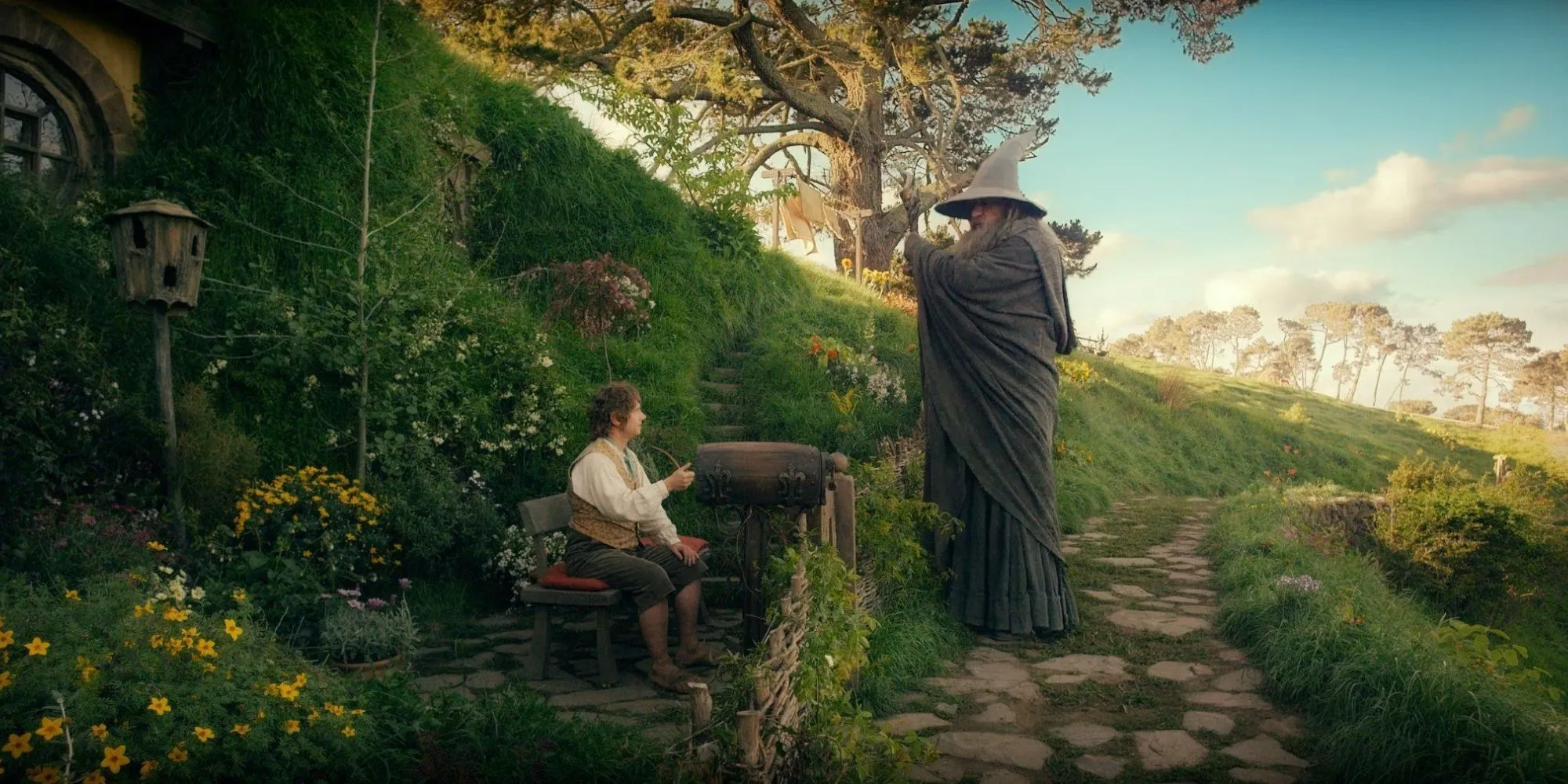
The Lord of the Rings, penned by J.R.R. Tolkien, presents a fascinating aspect of Hobbit culture: their decision to forgo shoes. While Hobbits dress similarly to other inhabitants of Middle-earth, their unique choice regarding footwear significantly reflects their character and lifestyle. Despite being secondary players in the grand narratives of Tolkien’s extensive lore, these endearing beings offer glimpses into their distinct lives and quirks.
Frodo and Bilbo Baggins, two prominent Hobbits, serve as central figures for the series, hailing from the serene Shire. Although both the novels and their cinematic adaptations capture moments within the Shire, the deeper intricacies of Hobbit society remain largely unexplored compared to the broader portrayals of other races. Intriguingly, the subtle details, such as their aversion to shoes, present insights into their identity as well as Tolkien’s creative vision.
Unpacking Tolkien’s Insights on Hobbit Footwear
The Significance of Shoelessness in Hobbit Culture





Tolkien’s rationale for Hobbits not wearing shoes showcases a defining characteristic of their persona. He describes their feet as possessing “natural leathery soles and thick warm brown hair like the stuff on their heads,”rendering footwear largely unnecessary. While some Hobbits, particularly the Stoors who inhabit wetter regions, occasionally don shoes, this practice remains exceptional rather than the norm.
According to Tolkien, the unique structure of Hobbits’ feet contributes to their natural stealth, a quality that initially drew Gandalf to Bilbo in The Hobbit. This charming explanation not only offers insights into their skills but also highlights an interesting irony: while Hobbits are defined by their unique feet, they still wear clothing akin to other races in Middle-earth. Nonetheless, their attire, along with their distinctive feet, enhances their individuality and depth.
The Distinctive Fashion of Hobbits
A Modern Take on Timeless Fashion

The fashion choices of Hobbits further distinguish them from their counterparts across Middle-earth. Their clothing reflects a late Victorian to early Edwardian style—complete with greatcoats, trousers, and button-up tunics—that diverges from the more medieval attire of Men, Dwarves, and Elves. This stylistic contrast raises interesting questions about the timeline of Middle-earth and reflects Tolkien’s own nostalgic experiences.
Many scholars and fans believe that Tolkien’s own memories of the English countryside, particularly his childhood in Sarehole, informed the aesthetic of the Shire and, by extension, Hobbit fashion. This connection reinforces the Shire’s role as a refuge of warmth and peace amid tumultuous adventures. By drawing on his life experiences, Tolkien enriches the narrative of The Lord of the Rings, imbuing the journeys of Hobbits with themes of resilience, nostalgia, and a concept of home that resonate deeply with readers.




Leave a Reply